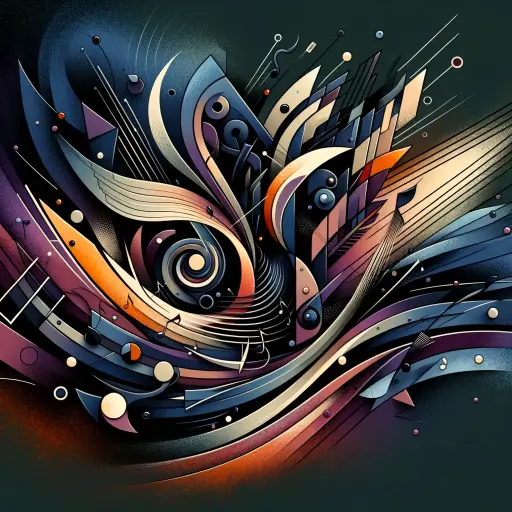
Post-Romantic Era Concerts
The Post-Romantic Era in music emerged in the late 19th and early 20th centuries as a reaction to the Romantic period. This genre retained some of the emotional intensity and lyrical qualities of Romanticism but also incorporated elements of modernism and impressionism.
Key characteristics of Post-Romantic music include expanded tonality, chromaticism, and a greater emphasis on orchestration and texture. Composers in this era often experimented with form and structure, pushing the boundaries of traditional musical conventions.
Notable artists associated with the Post-Romantic Era include Richard Strauss, Gustav Mahler, Jean Sibelius, and Sergei Rachmaninoff. Their compositions, such as Strauss' "Also sprach Zarathustra," Mahler's symphonies, Sibelius' tone poems, and Rachmaninoff's piano concertos, are considered masterpieces of the era.
The impact of the Post-Romantic Era on the global music scene was significant, influencing composers across various genres and styles. The experimental nature of Post-Romantic music paved the way for further developments in 20th-century classical music.
Overall, the Post-Romantic Era marked a transitional period in classical music history, blending elements of Romanticism with modernist innovations to create a diverse and rich musical landscape.
Listen
Concert Schedule
| Concert Date | Artist | Venue | City |
|---|

